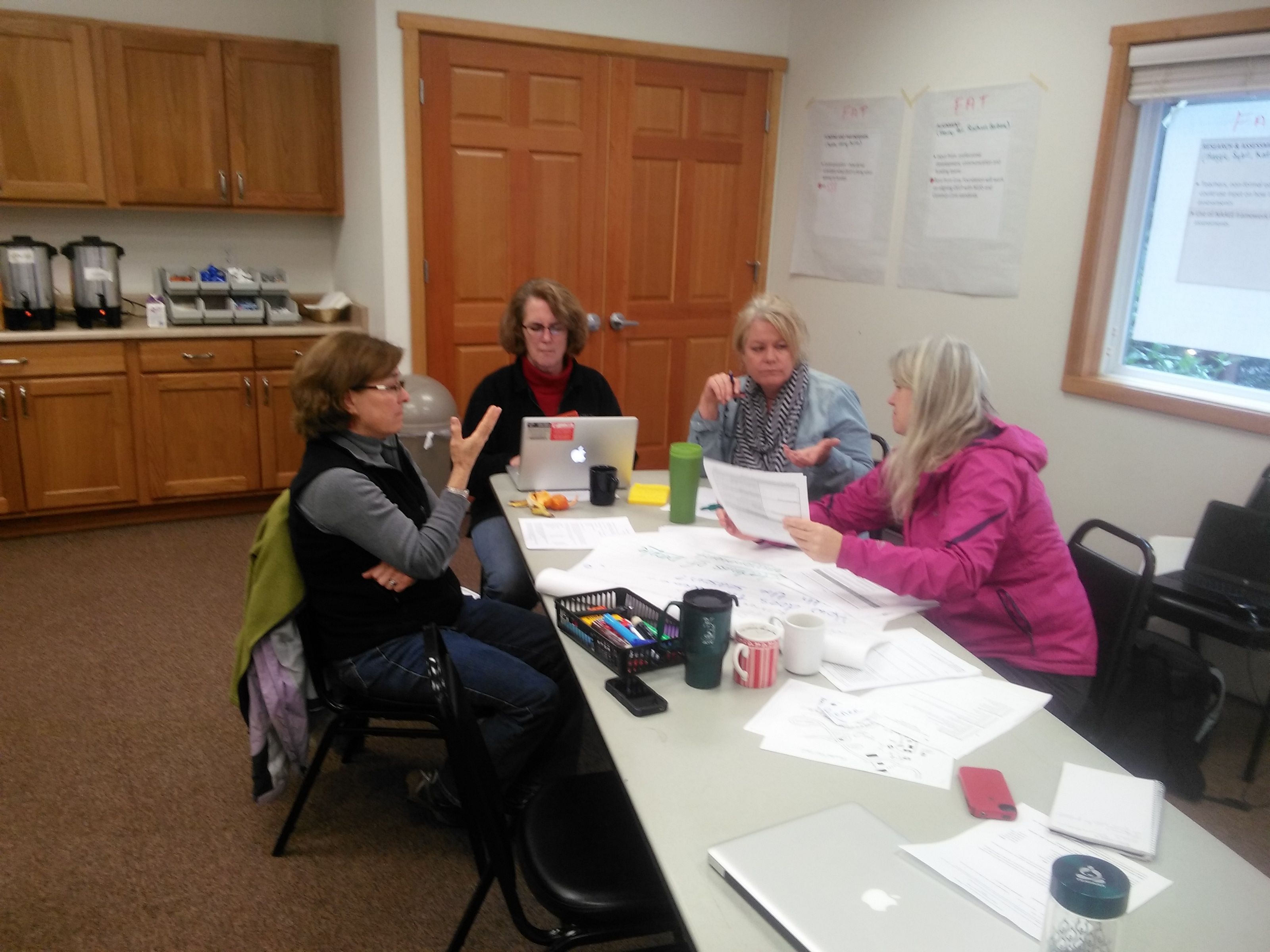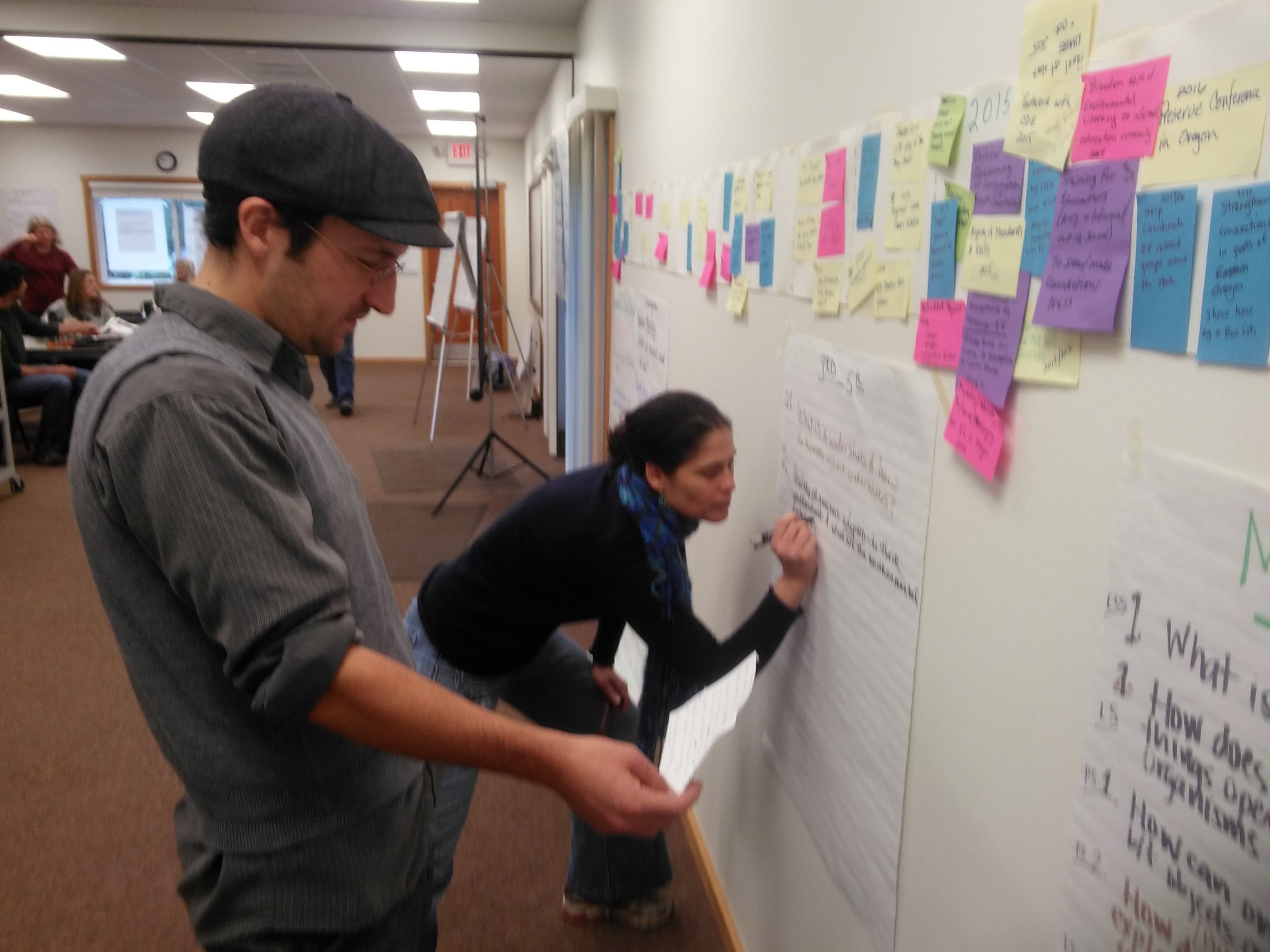Oregon Environmental Literacy Plan (OELP)

For decades Oregon has led the nation in outdoor education, but we have yet to achieve true, statewide alignment around environmental literacy.
Now we have a game-changing tool: the Oregon Environmental Literacy Plan. The Plan—one of several in the nation—is a roadmap to ensure that every Oregon child has the opportunity to experience the wonders of nature and learn to care for, and engage with, their place and community over a lifetime.
In 2009 the Oregon Legislature passed the No Oregon Child Left Inside Act, which directed the governor to appoint a task force of 11 state agencies and organizations to craft the Oregon Environmental Literacy Plan: Toward a Sustainable Future.
Crafting the plan in the aftermath of the recession—when many environmental education programs were simply struggling to survive— was a significant accomplishment. As the Plan took shape in 2010, Gray Family Foundation staff and trustees were at the table and provided essential funding to see it to completion.
When the Plan needed a home, Gray Family Foundation stepped in to become its chief steward and public face for several years. Then in summer 2014, the Plan took its place as a program of Oregon State University Extension and became the Oregon Environmental Literacy Program (OELP).
“It has the potential to reach every educator and student in Oregon,” said Susan Sahnow, who is overseeing OELP along with eight other professionals at OSU, a Program Council comprised of 13 at-large members, and regional leader teams for 11 areas in Oregon.
This statewide coalition of partners envisions Oregon children will develop a sense of wonder and curiosity about the natural world, recognize the connections between community, economy and the environment, have the ability to examine issues from multiple perspectives, and tackle real-world problems with resourceful, nimble minds.
“We are developing the tools, resources and programming that will engage educators and students in understanding the complexities of the environment and our interactions with it with the premise of ‘how to think, not what to think’ and that will help students become good stewards of the land,” Sahnow said.
To align everyone—students, educators, and other program providers—around common environmental literacy goals is a challenge the OELP is tackling head on.
A new resource database at connects all of Oregon’s assets in environmental education, from schools to museums to state parks. Here educators can find tools to get kids outside while meeting curriculum requirements, and program providers can align their offerings with Oregon STEM and other standards.
A momentum builds, Gray Family Foundation is proud to continue to support and shape the Oregon Environmental Literacy Program alongside many partners.
“The Gray Family had a vision of environmental literacy before we even started working on the Plan,” Sahnow said.

